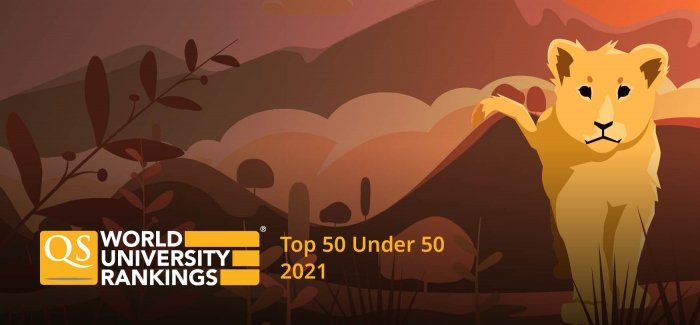First published in 2012, the QS Top 50 Under 50 celebrates the world’s leading young universities. It is published annually, based on the latest edition of the QS World University Rankings®, and since 2015 has tripled its range to include the Next 100 Under 50.
QS World University Rankings®
The Top 50 Under 50 is based on the latest edition of the QS World University Rankings®, published annually since 2004. The QS World University Rankings assesses universities’ performance across six indicators: academic reputation, employer reputation, research citations per faculty member, faculty/student ratio, proportion of international students, and proportion of international faculty members.
You can read more about the QS World University Rankings methodology here.
Year of establishment
For inclusion in the Top 50 Under 50 or Next 100 Under 50, universities must be under 50 years old. This is assessed based on each institution’s date of establishment. Institutions formed within the last 50 years through a merger, or which previously existed under a different name and/or status, may also be included.
Publication
The Top 50 Under 50 and Next 100 Under 50 are published together in an interactive online table, which can be sorted by location, by age, and by each institution’s overall position and score in the latest QS World University Rankings. The table also includes additional information about institutions assessed through the opt-in QS Stars rating system. By registering as a site member (join for free!), users can access direct comparisons of up to four ranked universities on a range of factors, including international diversity on campus, rankings history and average fees.












